For Judy’s 141 blog post 3, I decided to research more about Japan during its isolation period.
A tumultuous past
Before the opening of trade with Europe. Japan was thriving. It was multiple centuries into one its most prosperous rules: the Edo period, also called the Tokugawa era. This period started after the Sengoku one, which was tremulous and chaotic. The Sengoku period had been plagued with wars, with “daimyo” fighting each other for control of the country. It was so violent and bloody that today it’s also called the “Warring States Period”
This chaos was ended in 1600 by an infamous samurai.

Samurai armor of the Sengoku period
https://www.reddit.com/r/ArmsandArmor/comments/av4y6u/sengoku_era_samurai_armour/
The world-class warlord
The great warrior Tokugawa Ieyasu became the ruler of Japan (Shogun) after winning the battle of Sekigahara. This was in October 1600. With his emergence, the Tokugawa period started, beginning a new era of peace in Japan.
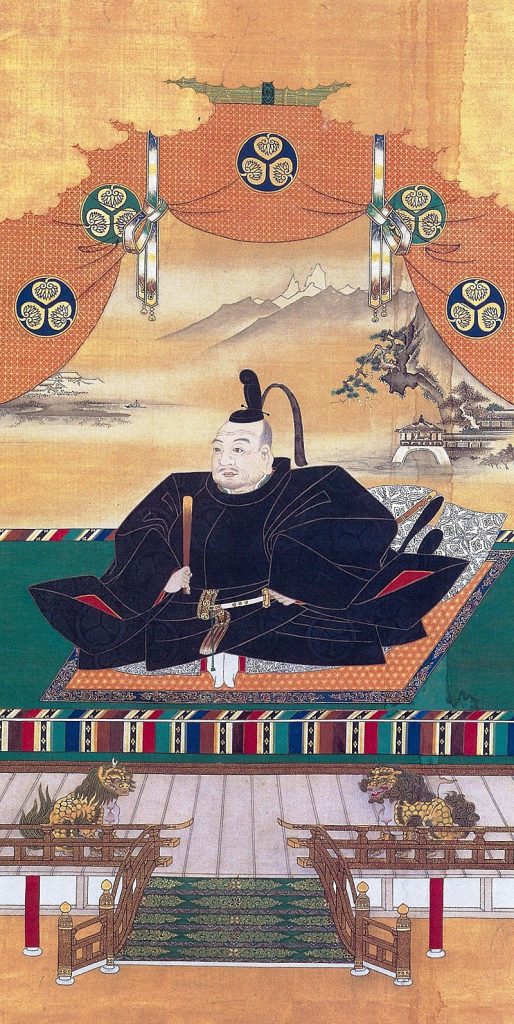
The legendary Tokugawa Ieyasu
https://en.wikipedia.org/wiki/Tokugawa_Ieyasu#/media/File:Tokugawa_Ieyasu2_full.JPG
When division creates unity
Remarkably, this peace was due to division. Japanese society was divided during the Edo period. When one thinks of a successful society, the first image that comes to mind is one without segregation or division of any sort. One where everyone is equal. This wasn’t the case in Japan during the Edo period. Everyone was separated into one of four categories, straight out of a dystopian YA novel: warriors, merchants, artisans, and farmers. And merchants? Bottom of the barrel, with warriors at the top of the societal food chain.
For a heavily militarized and controlled society, people were quite happy. This was because the military force, called Shogunate, was in charge of establishing brothels and other hotspots where the Japanese population could relax and have fun safely. Sadly, the Tokugawa Shogunate was the last shogunate to exist.
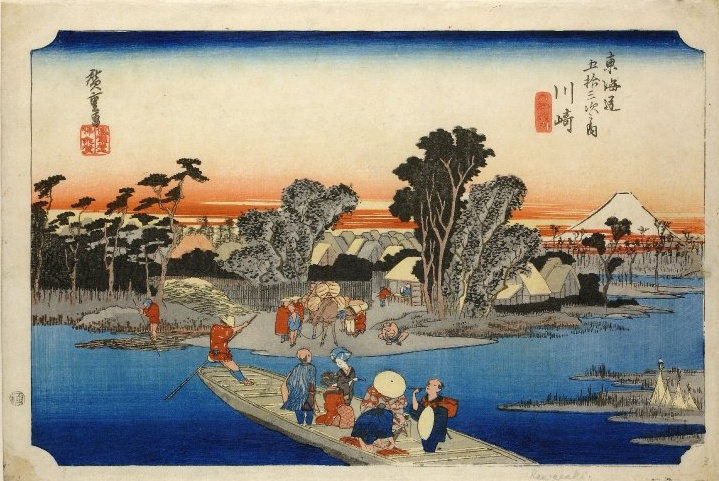
A daily scene of Japan during the Edo period.
https://www.japanvisitor.com/japanese-culture/history/edo-japan-history
The concrete jungle of the 1800’s
During this time there was extreme urban growth. Cities and town expanded. One of the cities that grew demographically and in popularity was Edo. It was the seat of the Tokugawa government, hence the name of the period. Within the Edo castle, Ieyasu set up base and it became the political center of Japan, although Kyoto remained the capital. By 1721, it had a population of 1 million, becoming one of the largest metropolises of its time.
Today, Edo is called Tokyo and has a population of 14 million, stretching for 850 square miles.
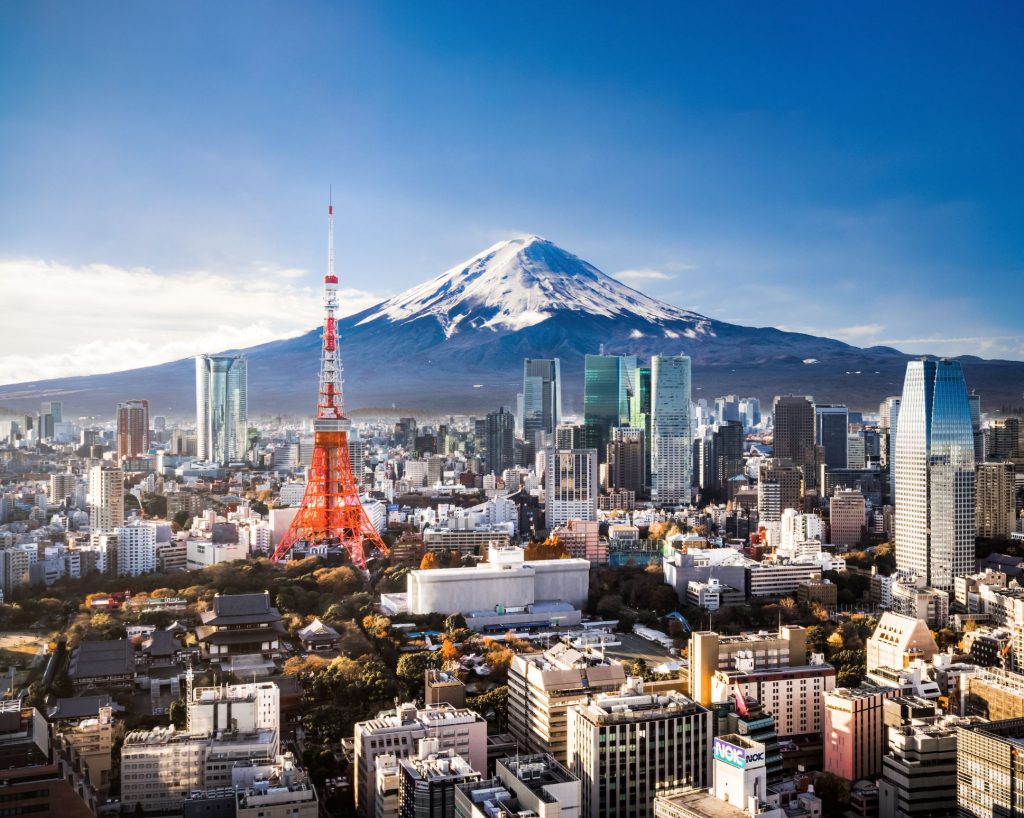
https://www.goodhousekeeping.com/uk/lifestyle/travel/a29363117/tokyo-olympics/
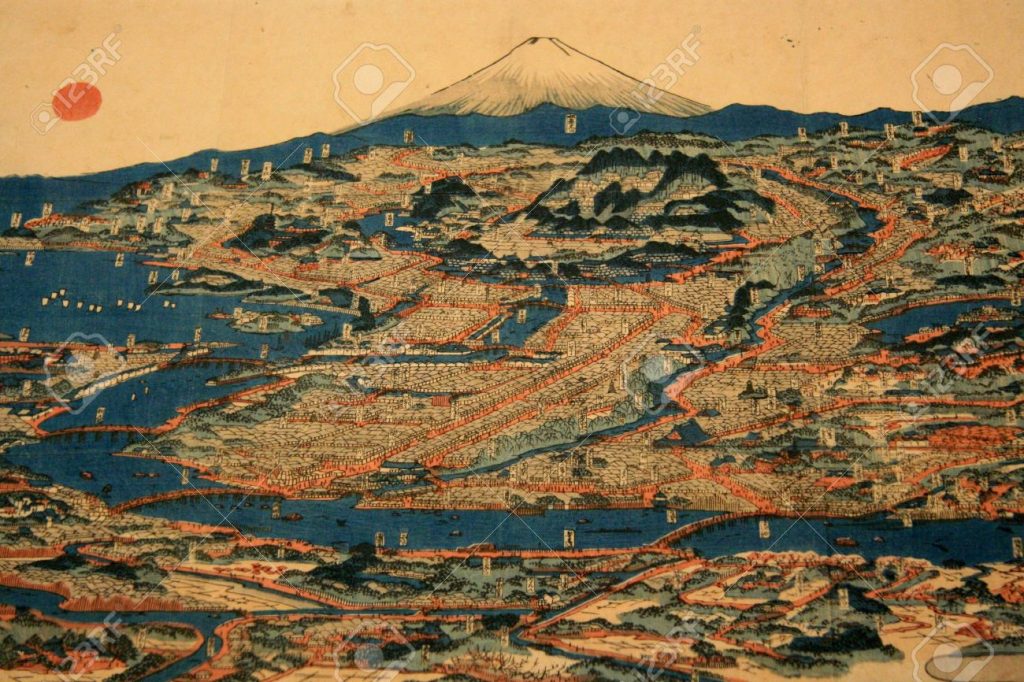
https://www.123rf.com/photo_3560994_edo-tokyo-museum-tokyo-japan.html
When brothels ruled the art world
Art, as did many other areas, flourished in Japan under the Tokugawa period. Woodblock printing in particular rose in popularity. These prints were called ukiyo-e. They were a combination of realism and decorative style, often representing scenes from brothels or urban backdrops.
One of the most famous pieces of art ever created is a ukiyo-e print, made during the Edo period: “The great wave off Kanagawa” by Katsushika Hokusai
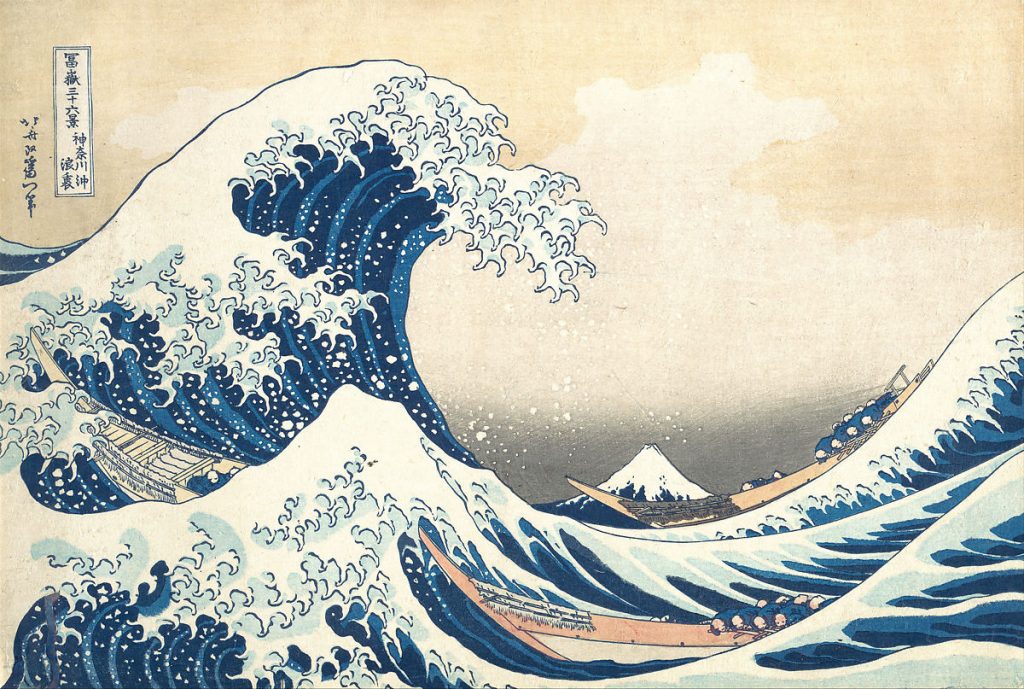
Hokusai’s masterpiece
https://www.metmuseum.org/art/collection/search/45434
The introvert nation
Much of this demographic, cultural, and artistic growth was the result of extreme isolation. For nearly 300 years, Japan had little to no interaction with any other nation. No one was allowed in or out. This started in 1639, enforced by the shogunate after the intrusion of European and Christian influences.
Pandora’s box
Inevitably, by the hand of western powers, Japan was forced to open trade with Europe in 1858. Japan had stayed separated and independent from the influence of the west for centuries. It flourished and had its own rich culture and history. Then it was made to mingle with the Europeans, who were “inspired” by their way of life and art. They took their genre of self-expression and dubbed it “Japanism” like it was a fleeting movement in the canon of art history. From kimonos to the way Japanese artists flattened their backgrounds and applied color in flat sheets of paint. Everything was taken and turned over in the hands of the French, the Germans, and many others. In 1868, the Meiji restoration started, and the great Edo period officially came to an end.
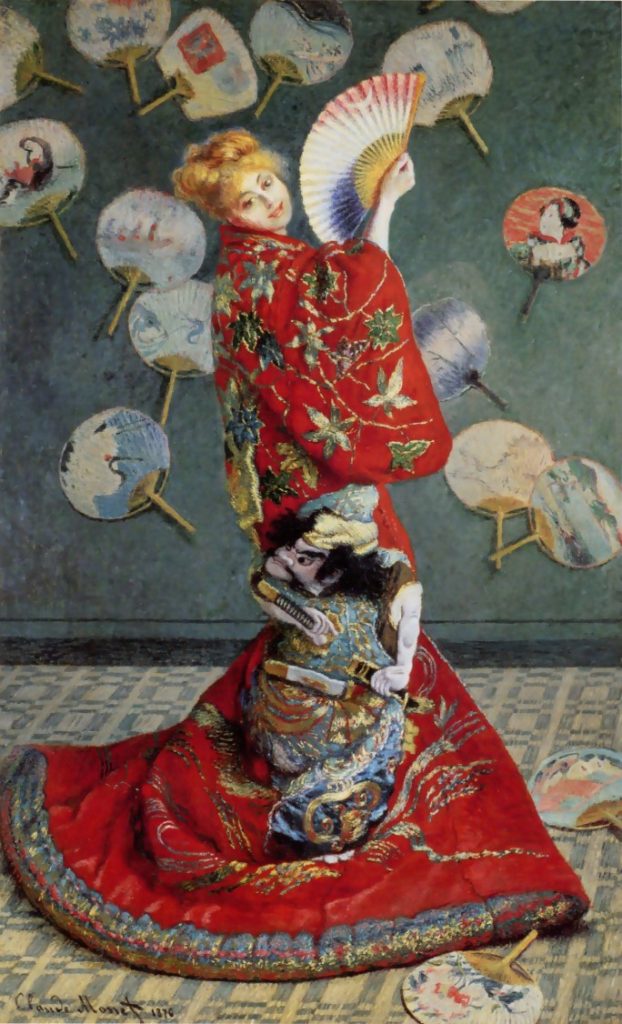
Monet using Japanese influences in his art
https://www.sothebys.com/en/articles/7-things-you-need-to-know-about-japonisme
Sources:
https://en.wikipedia.org/wiki/Edo
https://www.britannica.com/art/ukiyo-e
https://www.metmuseum.org/toah/hd/shga/hd_shga.htm
Leave a Reply